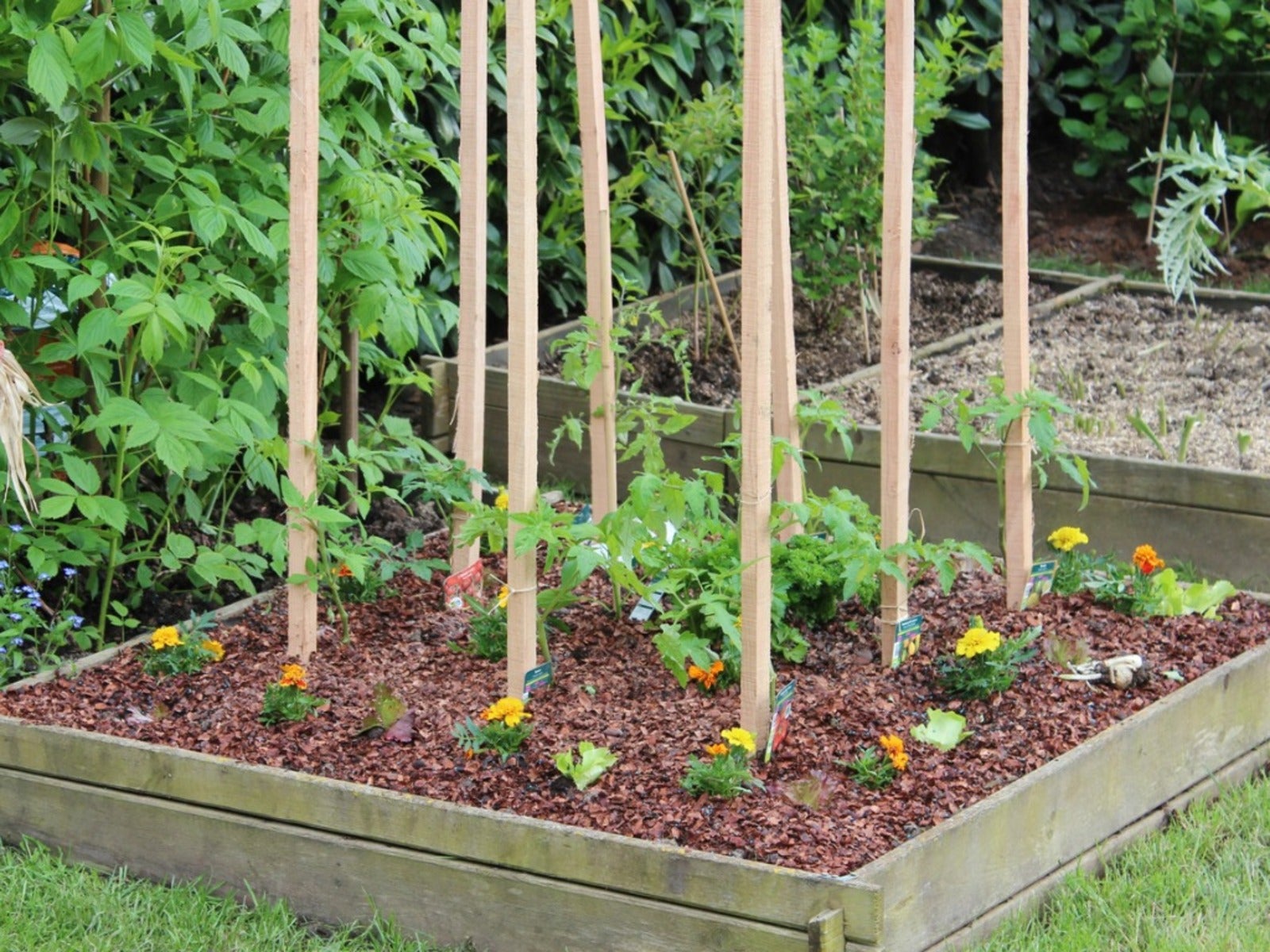6 Low Budget Small Garden Ideas That Look Great


Gardening is a healthy, rewarding hobby. It can also be practical for growing your own food. On the other hand, it’s not always cheap. Gardening costs money, but doing it on a budget is possible. If money is tight for your family, consider these small garden ideas on a budget to grow in less space and at a lower cost.
How Much Does a Small Garden Cost?
One of the most obvious ways to save money on gardening is to keep it small. With less space, you need fewer plants and other resources, which means less money. Of course, it will still cost something. Exactly what you will pay depends on the choices you make, but expect these expenses:
- Plants, transplants, or seeds
- Soil and soil amendments
- Fertilizer
- Garden tools, such as shears, shovels, and trowels
- Water
Low Budget Small Garden Ideas
If money is no object, you can spend big on your garden: exotic plants, new trees and shrubs, fancy tools, new soil, and garden structures, just to name a few. Most people can’t spend that way. If that includes you, grow smaller and use these small front garden ideas on a budget to create your dream space for less:
1. Define Your Space and Make a Plan
A garden without boundaries or a plan tends to get out of control quickly. It will take over your space and your wallet. Start with a defined space if you have a yard, and then make a plan. Think about what you want to grow.
You can create a vegetable garden, a flower or butterfly garden, a perennial garden, or a little bit of everything. Plan the space and which plants you need to fill it so that you know exactly what you need and don’t overbuy transplants or seeds.
Consider your space and growing region so you can choose plants most likely to survive and thrive. This will save you money when you don’t have to buy new plants to replace dead ones. For instance, purchase full sun plants if you have a lot of sun and those that tolerate shade for shady spots.
2. Work the Soil
Another way to keep plants going is to start with good soil. Consider getting a soil test to find out if you need any amendments. If you don’t want to shell out cash for a test, you can still improve the soil by turning it, pulling out weeds and rocks, and adding any organic material you can get your hands on.
Sign up for the Gardening Know How newsletter today and receive a free copy of our e-book "How to Grow Delicious Tomatoes".
3. Track Down Free Compost
The best organic material to help your plants thrive is compost. If you haven’t been making it, you can probably find some free sources. Now is a great time to get to know neighbors and fellow gardeners. They might have compost to share. Once you’re gardening pals, you can swap seeds and cuttings to save on buying new plants. Your city could also be a source of compost. Many cities collect yard and kitchen waste to make and distribute free compost.
4. Choose Native Plants and Perennials
Whenever possible, select plants that require little maintenance and return year after year to save money. The best option for this is a native perennial. Perennials regrow and rebloom every year. Native perennials are best suited to your local environment. They require less water and fertilizer and are more likely to survive difficult conditions like drought.
5. Start with Seeds
By far, the cheapest way to get all the plants you dream of for your garden is to use seeds. Transplants are easier, but they cost a lot more. Seeds cost less, and there are also many free sources. Share with fellow gardeners and check with your local library. Many public libraries now offer free seeds for gardens. Once you get your garden going, you can save seeds to use in subsequent years and to swap with friends.
6. Upcycle
If you want to add decoration and structures to your small garden, doing so can be expensive. This is where you can get really creative. Upcycle old materials you find for free or cheap. For example, a shipping pallet set vertically makes a great vertical garden for herbs. Find patio furniture someone has set out with the garbage and freshen it up with a fresh coat of paint.
For small or even very small garden ideas on a budget, get creative. Be willing to put in the work to use seeds and make some of your own garden structures. Gardening doesn’t have to be too expensive for anyone.

Mary Ellen Ellis has been gardening for over 20 years. With degrees in Chemistry and Biology, Mary Ellen's specialties are flowers, native plants, and herbs.